Top speed 250 km/h Length 6.58 m | Wingspan 14 m | |
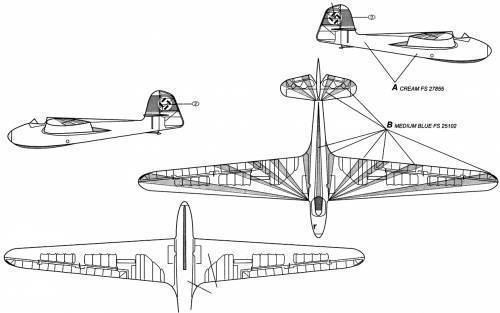 | ||
Manufacturer | ||
Dfs habicht at airshow gelnhausen 2016
The DFS Habicht (German: "Hawk") was designed in 1936 by Hans Jacobs as an unlimited aerobatic sailplane, with support provided by the Deutsche Forschungsanstalt für Segelflug. Four planes were made available for the Olympic Games of 1936, where the maneuvers of the Habicht over and literally inside the Olympic stadium enthralled spectators.
Contents
- Dfs habicht at airshow gelnhausen 2016
- Gopro hd dfs habicht kunstflug d 6868 testflug
- Operators
- Specifications
- References
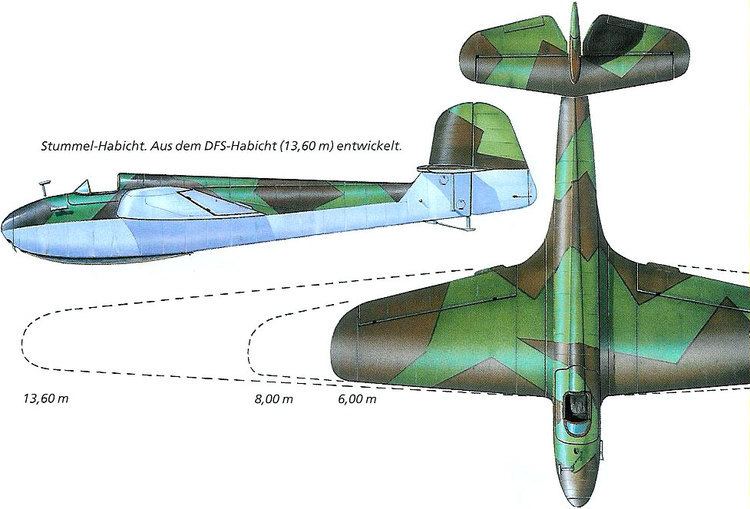
The flight qualities of the Habicht were praised by pilots, including Hanna Reitsch. It participated in many airshows abroad before the war, including the 1938 National Air Races in Cleveland, Ohio.
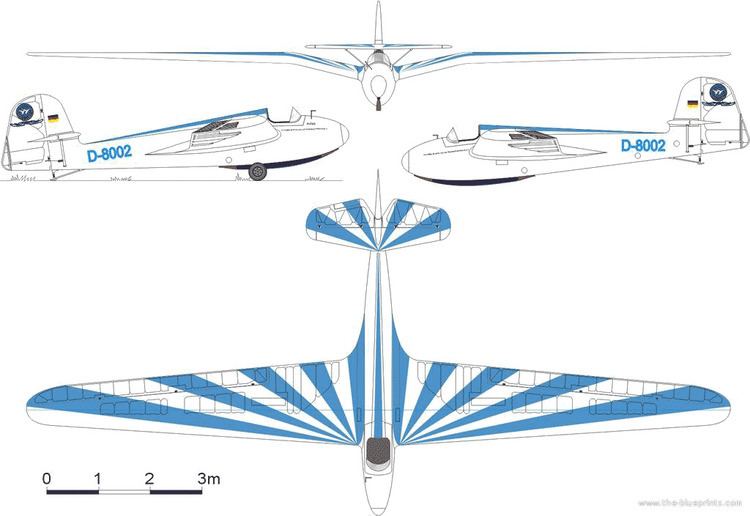
Modified versions of the Habicht, dubbed the Stummel-Habicht ("Stumpy Hawk") were used to train pilots to land the Messerschmitt Me 163 Komet rocket-powered fighter, and allegedly for training Hitler Youth pilots for flying the Heinkel He 162 Spatz jet fighter. The Me 163 was designed to use its entire load of fuel to reach combat altitude and then return to the ground as a glider, with the He 162A having a short, 30-minute flight envelope with a similarly fast landing speed. However, the landing speed of around 200 km/h (125 mph) posed a special challenge for pilots. Trainees therefore began on a Stummel-Habicht on which the original Habicht's 13.6-metre (44 ft 7 in) gull wings had been replaced with straight wings of 8-metre (26 ft 3 in) span, and then progressed to another version with a 6-metre (19 ft 8 in) span.
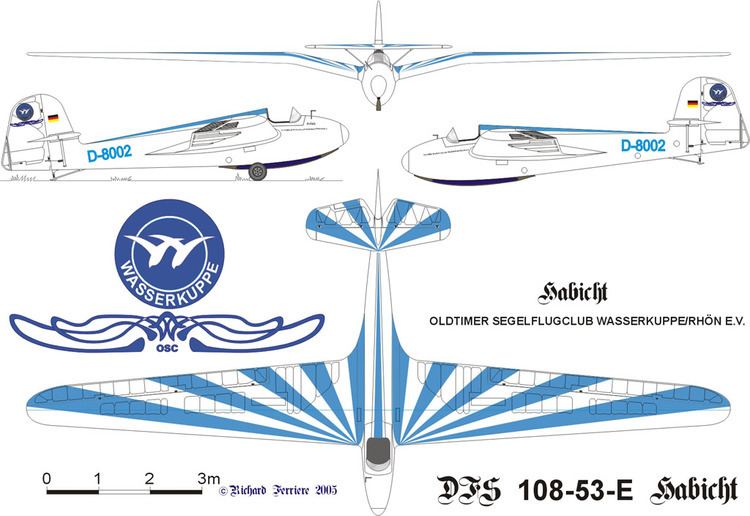
Few Habichts survived World War II. There is one craft, flown by famous French aerobatic pilot Marcel Doret, in the Musée de l'Air et de l'Espace in Paris. Another, with the registration D-8002, flew in Southern Germany until it was destroyed by the collapse of the hangar wherein it was stored. Apart from these original examples, Türk Hava Kurumu manufactured six reverse-engineered copies of the Habicht as the THK-3 in 1945-1946.
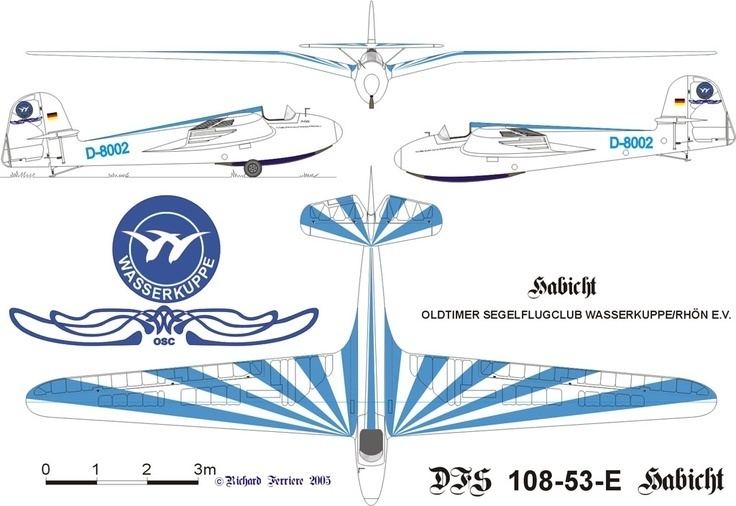
After lengthy and patient research to recover the design documentation, Josef Kurz and other members of the Oldtimer Segelflugclub Wasserkuppe built an all-new Habicht. After an extended exhibition career, this exemplar, registered also as D-8002, flies from the Wasserkuppe club's airfield.
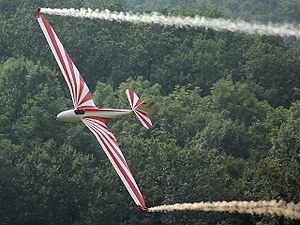
Another airworthy Habicht was built by the Zahn family and first flew in 2001. Since then, at the hands of pilot Christoph Zahn, it has provided aerobatics demonstrations at numerous air shows.
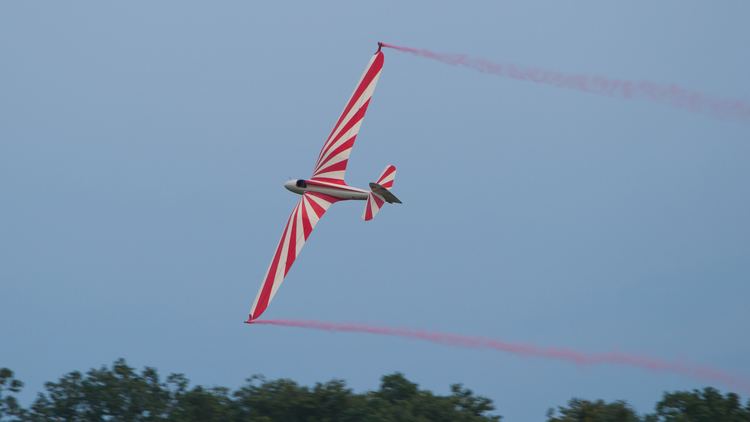
Gopro hd dfs habicht kunstflug d 6868 testflug
Operators
Specifications
General characteristics
Performance
